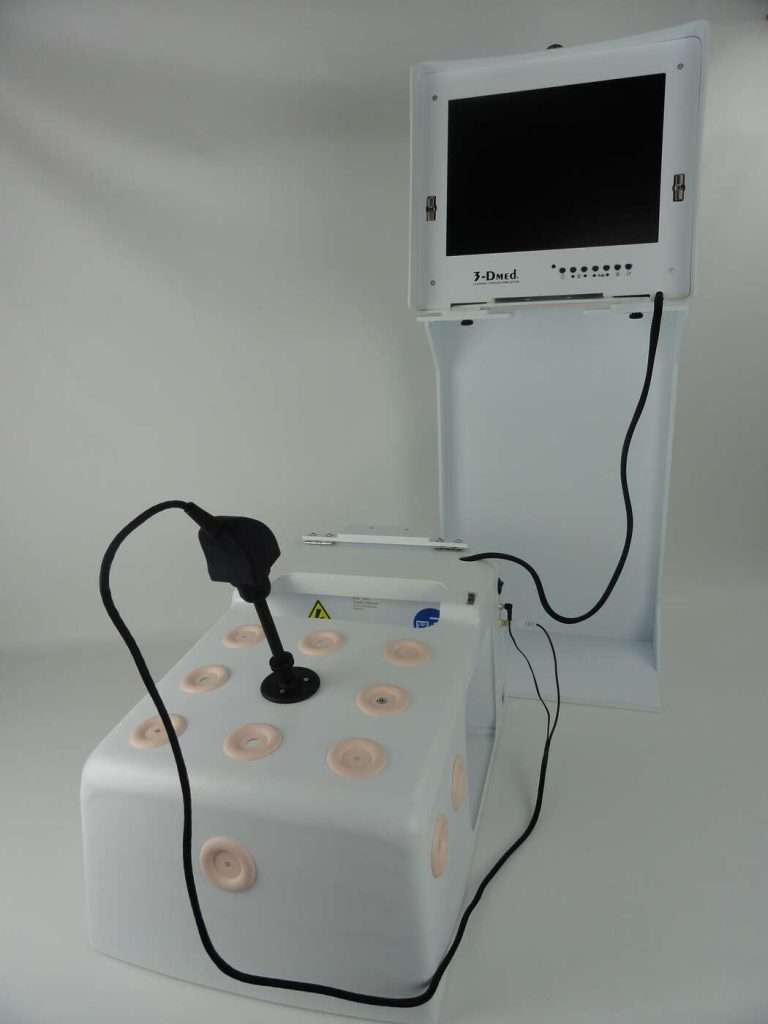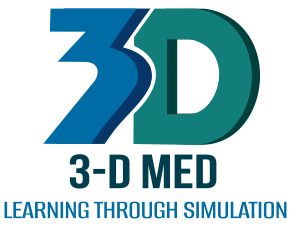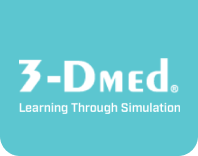Mastering Laparoscopic Procedures: The Role of Cystic Duct and Related Simulation Models
Simulation tools have become increasingly more popular in healthcare and medical procedure training over the past several years. Today, we’re going to take a look at their use in training current and future healthcare professionals on laparoscopic procedures.
The Pros and Cons of Laparoscopy: A Difficult Procedure with Improved Patient Recovery
Laparoscopic surgeries have grown in popularity over the past decades, as they pose far less risk to the patient than open surgical techniques, offering easier recovery and fewer complications. These procedures are crucial for identifying problems and performing surgeries on abdominal and pelvic areas, such as cholecystectomies on the cystic duct, colectomies, or kidney removals. These are areas where there are plenty of internal organs that would be highly exposed to infection in open surgeries, and exposure that is significantly limited through laparoscopic procedures.
However, while offering risk reduction for the patient, laparoscopic surgeries are much more difficult for surgeons to master. They have far less visibility and poor depth perception when performing these types of procedures, and must interact with the tissue through tools, rather than their own hands, limiting tactile sensation and reducing their ability to fully understand the procedure area. Tool endpoints used in laparoscopic surgeries also tend to move in the opposite direction to the surgeon’s hands due to their design, so the motor skills required to use those tools are non-intuitive and difficult to master. If the surgeon hasn’t mastered the use of laparoscopic tools, they could actually pose an even greater risk to the patient than other more common complications, like exposure to infection.
The Benefit of Simulation Training for Learning, Improving, and Maintaining Laparoscopic Surgical Skills
Simulation tools can come in all different complexities, from simple motor training to realistic surgical simulators, but they all offer similar benefits: the ability to learn, practice, and maintain crucial surgical skills for complex medical procedures like laparoscopic surgeries in a safe, controlled, and most importantly risk-free environment.
Simulators like those that 3-D Med manufactures provide realistic organs and abdominal structures like the gallbladder, colon, or cystic duct, designed to react to actual surgical tools the way that real organs would. They can simulate what surgeons would expect to see through fluoroscopic views of the surgical site, simulate the movement of organ tissue as it interacts with the surgical tools, and even provide a way to practice actual procedures, such as gallstone removal and suturing. And these tools do all of this without risk to the surgeon or any patients, and many of these simulators can be used multiple times so that the user can hone their skills.

About 3-D Med
3-D Med is an experienced manufacturer of medical simulation tools, offering more realistic training platforms to improve healthcare education in a variety of medical procedures. Get in touch with us to learn more about our products.

